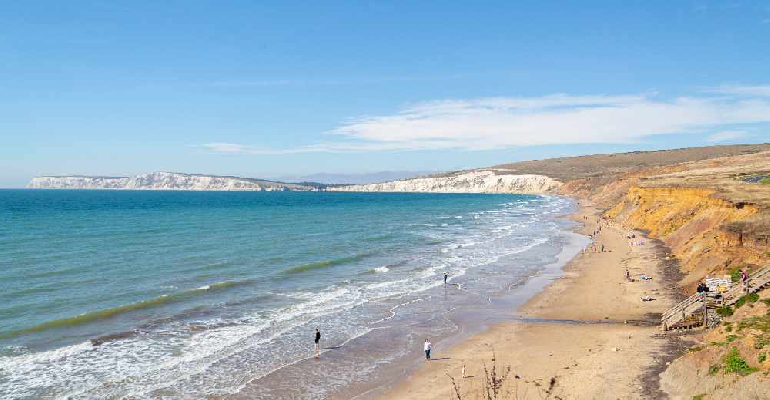
The Isle of Wight's Compton Bay has been named one of the ten most beautiful stargazing spots in the UK.
Land Rover has consulted astronomer Dr Jenifer Milard to reveal the best locations, giving tips on what you can see when you get there.
She said:
"Compton Bay will allow you to spot as many as three great constellations - Orion, The Plough — otherwise named the Big Dipper in US and Canada — and Cassiopeia.
"The location draws stargazers all year round as it is largely devoid of light pollution, allowing visitors to spot all sorts of stars in the sky — even with the naked eye.
“Nearby Fort Victoria Country Park Car Park is a Dark Sky Discovery Site, noted for its accessibility and excellent skies largely devoid of light pollution”
Top ten in full
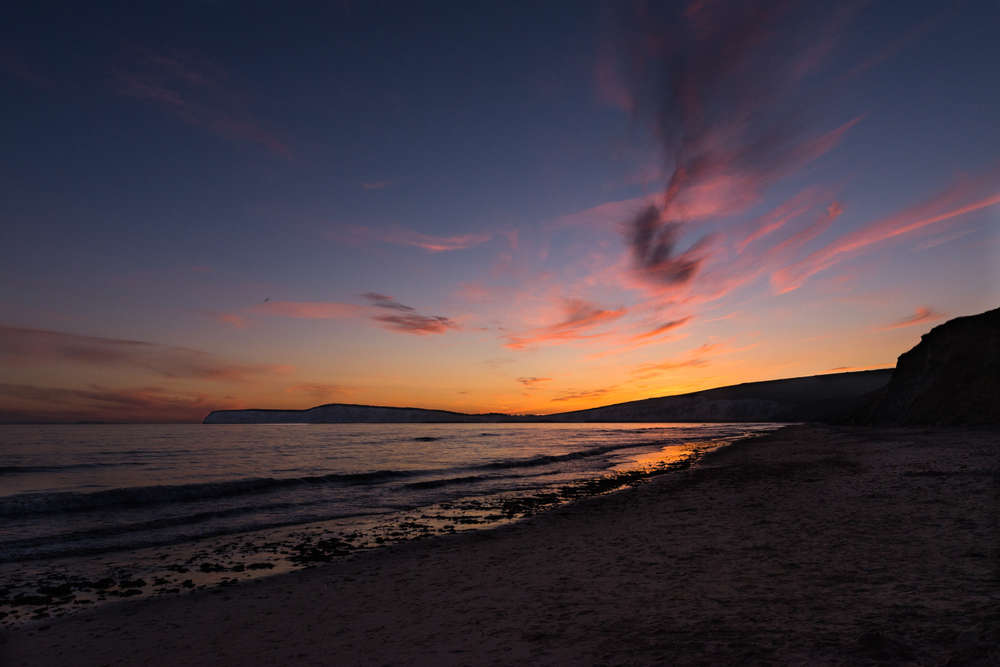
1. Carrick-a-Rede Rope Bridge (Northern Ireland)
2. Compton Bay (Isle of Wight)
3. Tomintoul and Glenlivet, Cairngorms National Park (Scotland)
4. Llynnau Cregennen, Snowdonia National Park (North Wales)
5. Dalby Forest, North York Moors National Park (North Yorkshire)
6. Usk Reservoir, Brecon Beacons National Park (Wales)
7. Porlock Common, Exmoor National Park (Somerset)
8. Kielder Observatory and forest (Northumberland)
9. Kelling Health Holiday Park (Norfolk)
10. Ben Damph Estate on Upper Loch Torridon (Scotland)
Five tips for stargazing
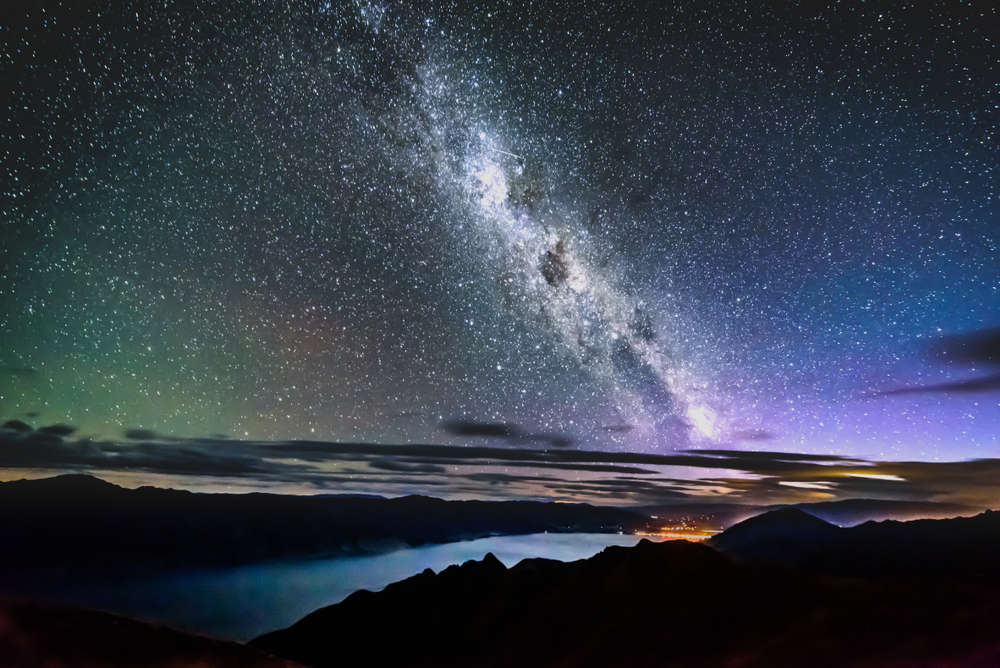
Convinced that you want to give stargazing a go? Land Rover asked expert Dr Jenifer Milard for her top tips for stargazing novices.
- Wrap up warm – astronomy is a static hobby so it’s very easy to get cold. Hot drinks are a must too.
- Use a red-light torch - Exposure to white light, from any source, even your phone screen, will ruin your dark adaption. A red-light torch or red-light filter on your phone screen will preserve your dark adaption.
- Moonless nights are best – moonlight makes the whole night sky brighter, making it harder to see faint objects.
- Averted vision – by looking slightly to one side of your target object, you activate the more light-sensitive cells in your eyes, allowing you to see faint objects like nebulae and galaxies more easily.
- Star maps, apps, and a compass – these will help you plan your observing session and navigate the night sky, so you can find the objects you wish to view.
Dr Milard comments:
“It’s worth stargazing all year round because our view of the cosmos slowly changes night-by-night. As earth moves around the sun on its orbit, we look out onto different parts of the universe.
"Moonless nights are ideal - the moon’s light simply washes out fainter stars and objects, like nebulae and galaxies, although it has little effect on bright stars and planets.”

 Four Men Arrested Following Rogue Trader Activities In East Cowes
Four Men Arrested Following Rogue Trader Activities In East Cowes
 Rugby Players Set To Scale Great Heights For Teddy
Rugby Players Set To Scale Great Heights For Teddy
 Drug Driving, Domestic Abuse And Stalking Among Arrests Made As Police Target Isle Of Wight Criminals
Drug Driving, Domestic Abuse And Stalking Among Arrests Made As Police Target Isle Of Wight Criminals
 Work Begins On ‘Monumental’ Mural Project At Historic Columbine Building
Work Begins On ‘Monumental’ Mural Project At Historic Columbine Building
 More Acts Added To Isle Of Wight Festival Line-Up
More Acts Added To Isle Of Wight Festival Line-Up
 St Mary’s Vaccination Hub Gets Ready For Spring Covid-19 Vaccinations
St Mary’s Vaccination Hub Gets Ready For Spring Covid-19 Vaccinations
 Twenty Isle Of Wight Pubs Under Threat As Stonegate Issues Profit Warning
Twenty Isle Of Wight Pubs Under Threat As Stonegate Issues Profit Warning
 Fundraiser Launched As Kezi's Kindness Founder Diagnosed With Incurable Cancer
Fundraiser Launched As Kezi's Kindness Founder Diagnosed With Incurable Cancer
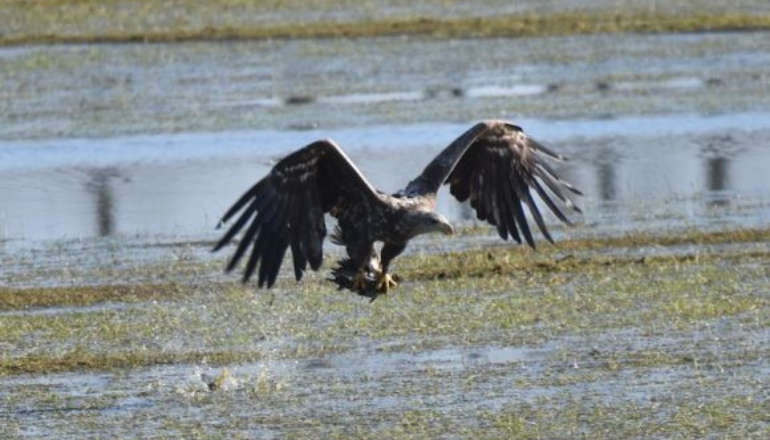 Bon Voyage — White-Tailed Eagle Soars To France
Bon Voyage — White-Tailed Eagle Soars To France
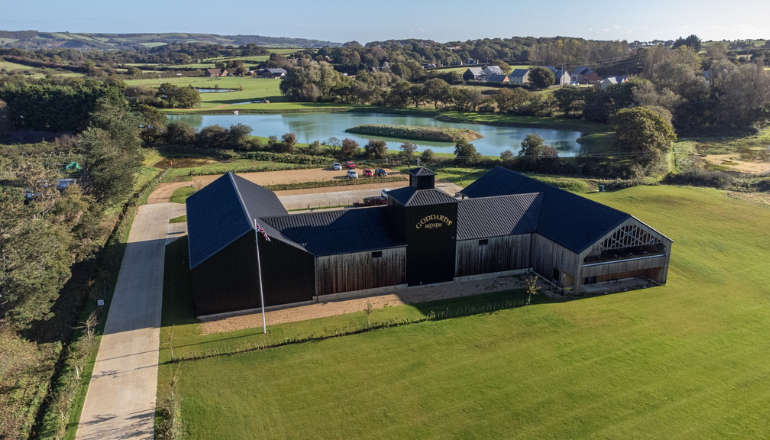 Goddards Brewery Scoops Four Top Industry Awards At International Competition
Goddards Brewery Scoops Four Top Industry Awards At International Competition
 Briddlesford Road Crash Results In Two Injured
Briddlesford Road Crash Results In Two Injured
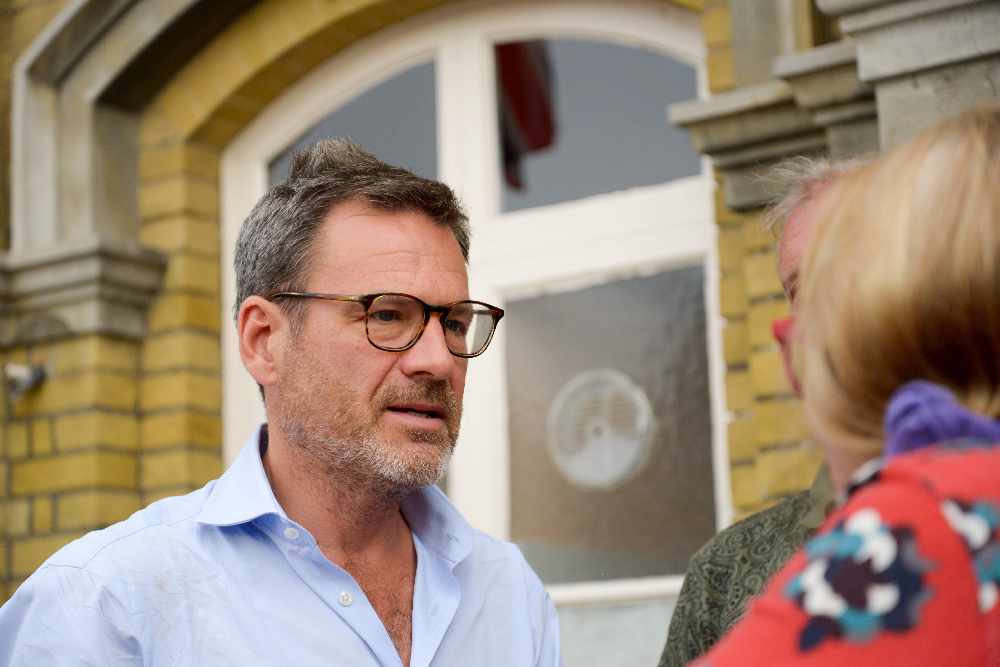 Isle Of Wight MP Extolls Virtues Of Joint Emergency Service Officers For Isle Of Wight
Isle Of Wight MP Extolls Virtues Of Joint Emergency Service Officers For Isle Of Wight
 Island Labour Announces Parliamentary Candidates As Quigley Vows To 'Take Fight' To Bob Seely
Island Labour Announces Parliamentary Candidates As Quigley Vows To 'Take Fight' To Bob Seely
 Can You Help Police To Identify Man Linked To Waitrose Theft?
Can You Help Police To Identify Man Linked To Waitrose Theft?
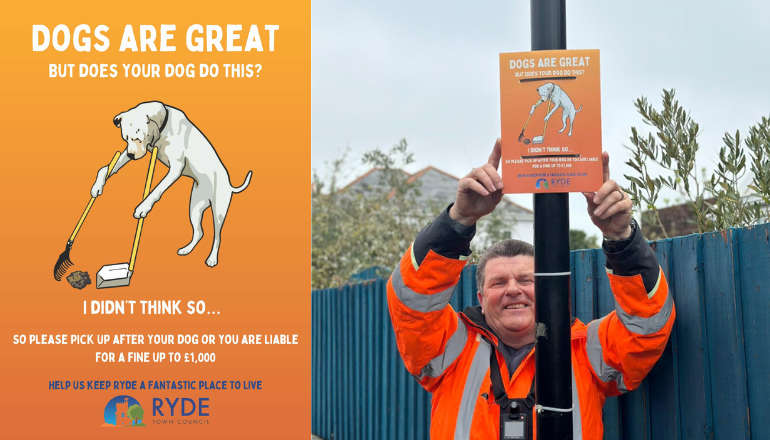 Ryde Town Council In Crackdown On Dog Fouling
Ryde Town Council In Crackdown On Dog Fouling
 Former Patient Opens New Intensive Care Unit
Former Patient Opens New Intensive Care Unit
 Isle Of Wight Primary School Place Allocations Announced For September
Isle Of Wight Primary School Place Allocations Announced For September
 The Rules Islanders Need To Know For Police And Crime Commissioner Election Postal Voting
The Rules Islanders Need To Know For Police And Crime Commissioner Election Postal Voting
 Family Pays Tribute To Paul Hart Following Fatal Newport Collision
Family Pays Tribute To Paul Hart Following Fatal Newport Collision
 Teenager Sentenced For Planning Isle Of Wight Festival Terrorist Attack
Teenager Sentenced For Planning Isle Of Wight Festival Terrorist Attack


